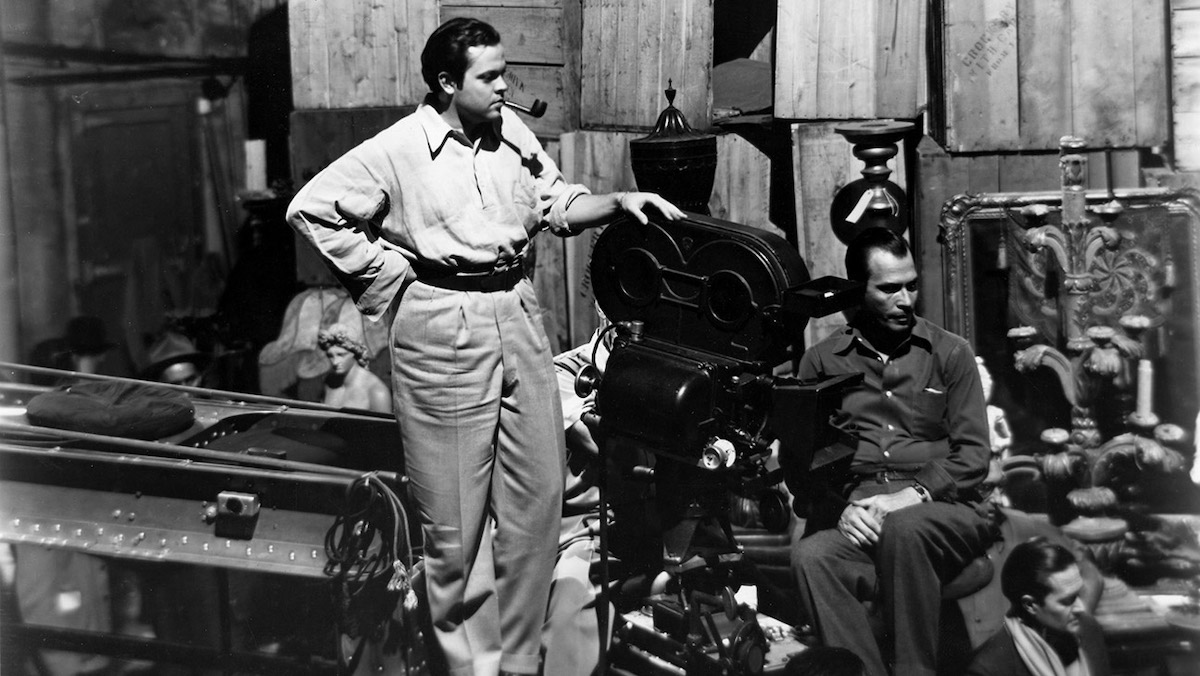
How do you write a letter to someone who has been dead for over 30 years? Mark Cousins’ answer is to look at their sketches that date back from their teenage years all the way their last and create profile through their eyes. The Eyes of Orson Welles has all the potential to be another self aggrandizing portrait of the filmmaker. Diving into the “genius” of the prolific man who has made his name in film, theatre, radio, as well visual art. His legacy could stand alone on having wrote/starred/directed Citizen Kane (1941), noted by many to be the greatest film ever made. However, Mark Cousins, having made a 900-minute comprehensive visual survey of all of cinema up to 2011, has made a film that is not really a film at all.
Orson Welles is dead, he has been since October 10, 1985. But hearing Cousins’ rich cadence describe the Moroccan travels Welles took as a teenager does more than conciliate a certain intimacy in the viewer. There is never a moment that Cousins’ narration addresses anybody that isn’t Welles, the film is literally a letter. This letter structure does more to give a materiality not just in seeing papers that are worn and yellowing but also to make Welles a present kind of living person within the film.
The next question to ask about this film is who is going to see it. Obviously those who are fans of Welles’ or Cousins’ work will get to a screening whenever possible. As Cousins’ opens the box he says “this never before seen” sketches have been dormant for however many years. Perhaps this film can be seen as an unearthing of a past history in a political/social life of filmmaker. Outside of the curiosity to see something new, there is not much for a person outside of niche of film culture. A film for film lovers. That is what I’ll say because The Eyes of Orson Welles says a lot more.